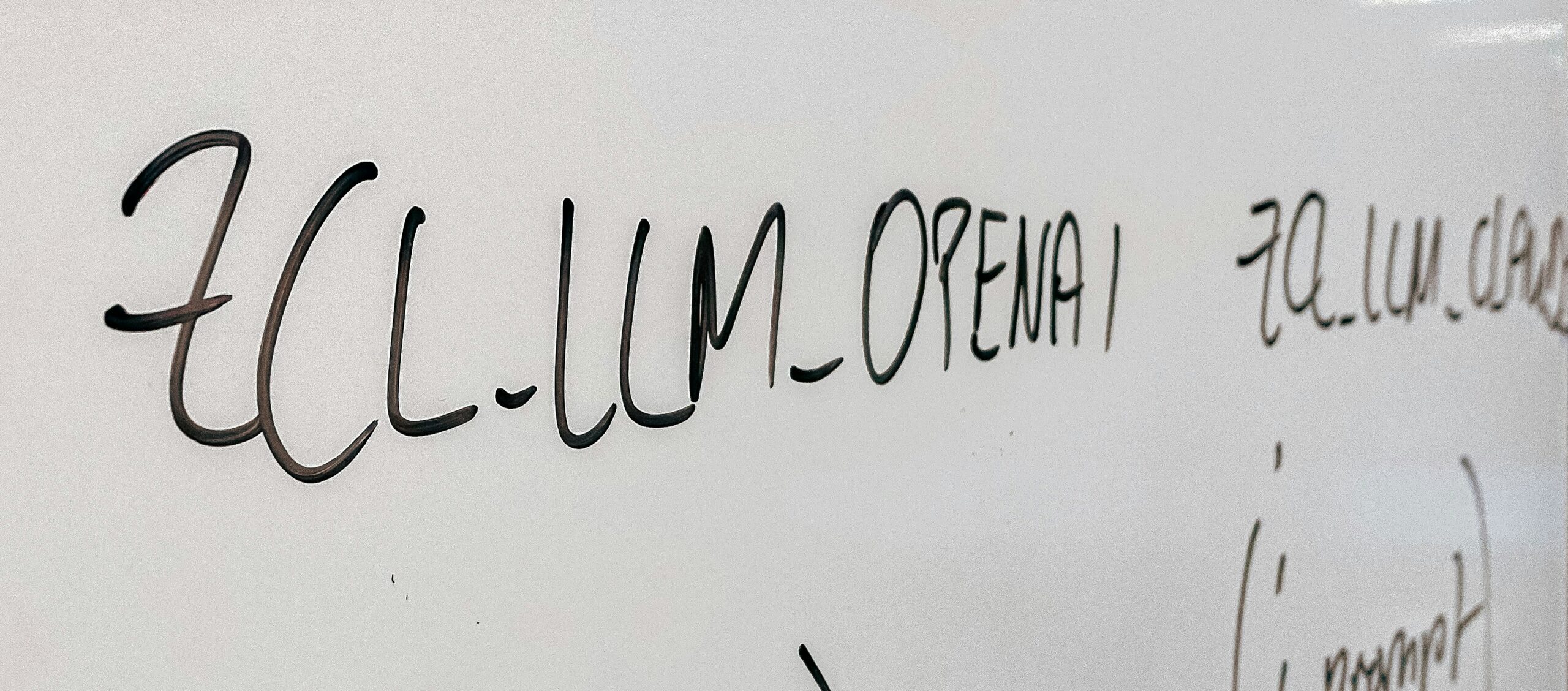
The Rise of Generative AI in Content Creation
In recent years, the field of artificial intelligence has made significant advancements in various domains. One of the most exciting areas of development is generative AI, which has the potential to revolutionize content creation. Generative AI refers to the use of machine learning algorithms to generate new content, such as text, images, and music, that is indistinguishable from human-created content.
Text Generation
Generative AI has made remarkable progress in the field of text generation. Natural Language Processing (NLP) models, such as OpenAI’s GPT-3, have demonstrated the ability to generate coherent and contextually relevant text. These models are trained on vast amounts of text data and can generate articles, essays, and even poetry.
One of the most significant applications of generative AI in text generation is in the field of chatbots and virtual assistants. These AI-powered conversational agents can engage in meaningful and coherent conversations with users, providing them with relevant information and assistance. This technology has the potential to revolutionize customer service and improve user experiences.
Image Generation
Generative AI has also made significant strides in image generation. Deep learning models, such as Generative Adversarial Networks (GANs), have the ability to generate highly realistic images that are virtually indistinguishable from photographs. These models are trained on large datasets of images and can generate new images that follow the same visual patterns and styles.
One of the exciting applications of generative AI in image generation is in the field of design and visual arts. Artists and designers can use generative AI to explore new creative possibilities and generate unique and innovative designs. This technology allows for the creation of visually stunning and captivating artwork that pushes the boundaries of traditional artistic techniques.
Music Generation
Generative AI has also shown promising results in the field of music generation. By analyzing vast amounts of musical data, AI models can learn the patterns and structures of different music genres and generate new compositions. These AI-generated compositions can range from classical symphonies to modern pop songs.
One of the most exciting applications of generative AI in music generation is in the field of personalized music recommendations. Streaming platforms can use AI models to analyze users’ listening preferences and generate personalized playlists tailored to their tastes. This technology enhances the user experience by providing them with a continuous stream of music that aligns with their preferences.
The Implications of Generative AI
While generative AI holds immense potential, it also raises important ethical and legal considerations. As AI models become more sophisticated, there is a risk of misuse and the creation of misleading or harmful content. It is crucial to establish ethical guidelines and regulations to ensure that generative AI is used responsibly and for the benefit of society.
Additionally, generative AI raises questions about the role of human creators in the creative process. With AI capable of generating content that is virtually indistinguishable from human-created content, it challenges the notion of what it means to be a creator. However, many argue that AI should be seen as a tool to augment human creativity rather than replace it.
Conclusion
Generative AI is revolutionizing content creation across various domains, from text to images and music. The ability of AI models to generate coherent and contextually relevant content opens up new possibilities for chatbots, virtual assistants, design, and personalized music recommendations. However, it is essential to approach generative AI with caution and establish ethical guidelines to ensure its responsible use. Ultimately, generative AI should be seen as a tool to enhance human creativity and push the boundaries of what is possible in content creation.


